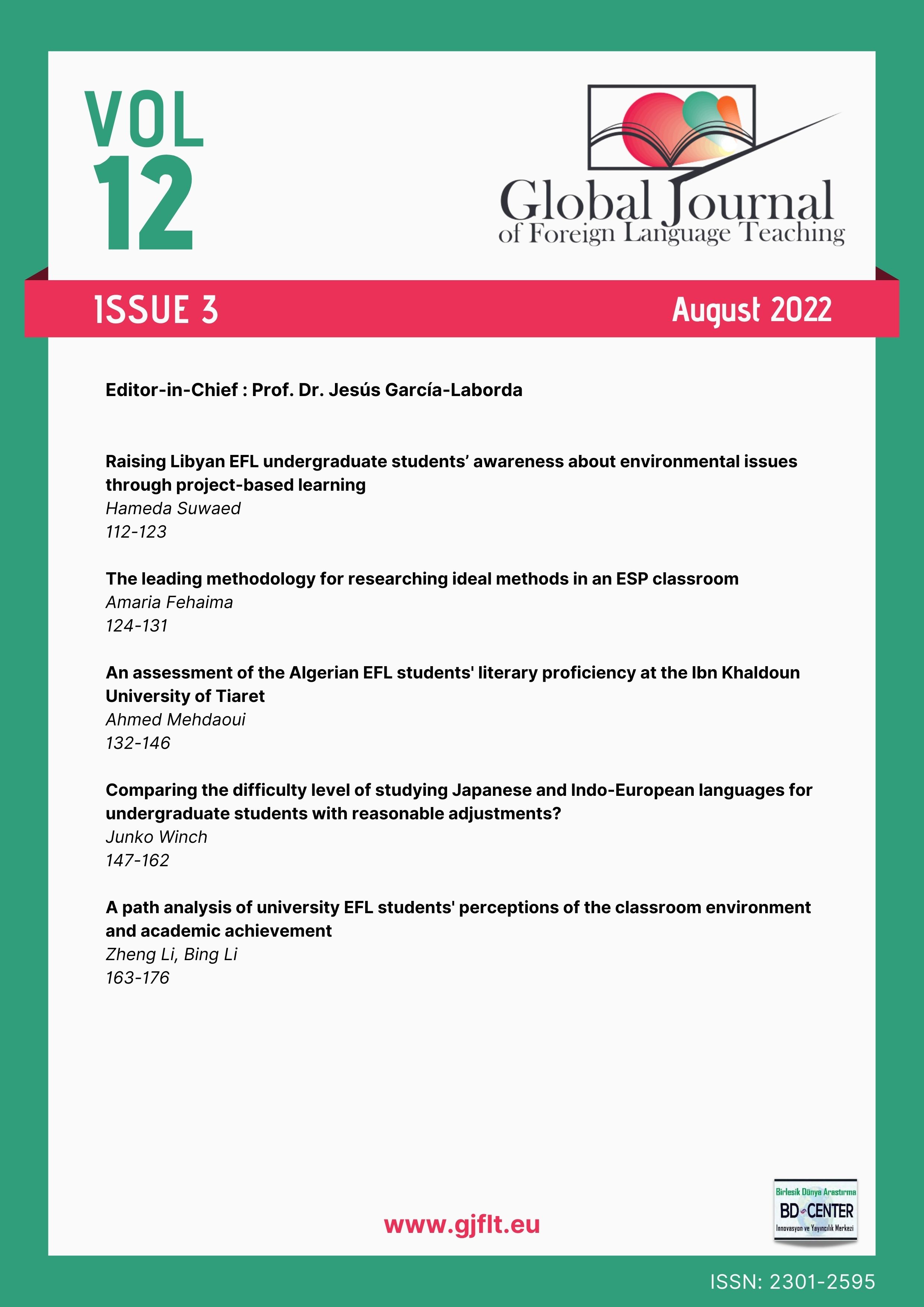The leading methodology for researching ideal methods in an ESP classroom
Main Article Content
Abstract
Studying ESP involves more than simply learning a collection of technical linguistic words; it is about learning how to use English in a particular situation while also including the necessary skills and language learning objectives. The current study aimed to examine the rationale for employing the translation method to teach ESP to third-year computer science students at the University of Tlemcen. This study employed a case study approach. A questionnaire was administered to ESP the teachers in the department of Science and Technology, and classroom observations on third-year students of computer science were conducted. The study's findings indicated that students pursuing third-year computer science courses at Tlemcen University experience a range of difficulties while interacting with professional resources. The proposed translation method in ESP may be incorporated and adapted as an effective technique for ESP teachers and students to improve learners’ language skills related to their academic field.
Keywords: Content-based approach; ESP Context; ESP courses; ESP Students.
Downloads
Article Details

This work is licensed under a Creative Commons Attribution 4.0 International License.
Authors who publish with this journal agree to the following terms:- Authors retain copyright and grant the journal right of first publication with the work simultaneously licensed under a Creative Commons Attribution License that allows others to share the work with an acknowledgement of the work's authorship and initial publication in this journal.
- Authors are able to enter into separate, additional contractual arrangements for the non-exclusive distribution of the journal's published version of the work (e.g., post it to an institutional repository or publish it in a book), with an acknowledgement of its initial publication in this journal.
- Authors are permitted and encouraged to post their work online (e.g., in institutional repositories or on their website) prior to and during the submission process, as it can lead to productive exchanges, as well as earlier and greater citation of published work (SeeThe Effect of Open Access).
